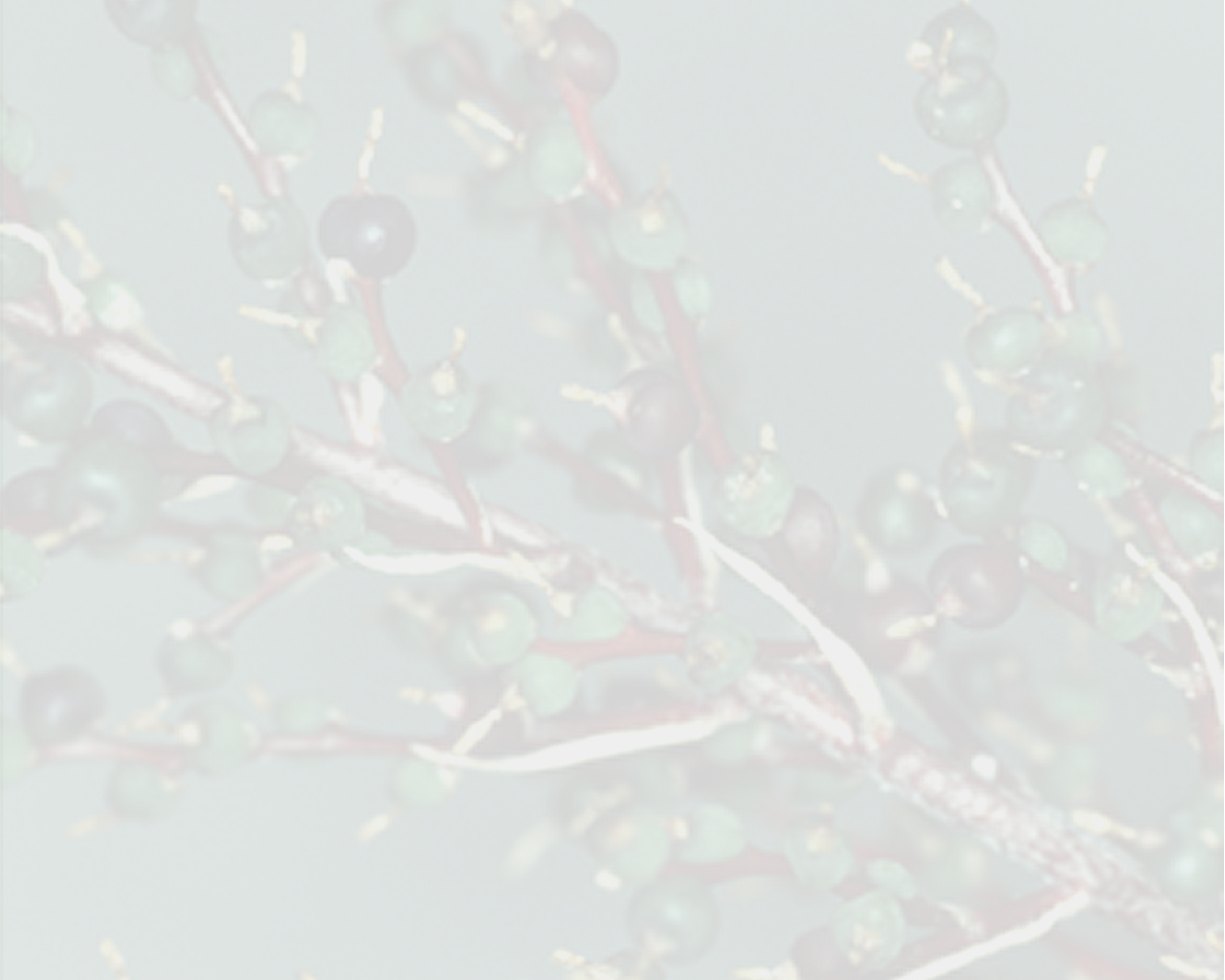

 Araeococcus chlorocarpus (Wawra) Leme & J A Siqueira[as Araeococcus chlorocarpus (Wawra) Leme & J. A. Siqueira]
Araeococcus chlorocarpus (Wawra) Leme & J A Siqueira[as Araeococcus chlorocarpus (Wawra) Leme & J. A. Siqueira]Observations: —DISCUSSION
Araeococcus chlorocarpus was originally collected in 1860, at Ilheus, Bahia, a region where A. parviflrus is relatively common and where it was found in 1818 by Martins. The minute flowers of these species make it difficult to observe subtle details, especially in herbarium material, and for this reason A. chlorocarpus (as Lamprococcus) was thought to be a synonym of A. parviflorus for more than a century
The study of Araeococcus populations in Pernambuco and Alagoas showed that the characteristics of these plants did not match the morphological pattern observed in A. parviflorus populations in Bahia. The populations from Pernambuco and Alagoas consist of stouter plants (to 64 cm vs. to 50 cm long), with more laxly arranged inflorescences, floral bracts narrower, flowers longer (12-15 mm vs. 7-11 mm long) mainly because of pedicels over twice as long as those in populations from Bahia (5-10 mm vs. 1-4 mm long), sepals with apex apiculate-caudate (vs. only apiculate), plus ovary with a broadly obtuse base (vs. narrowly rounded).
These differences had to be checked with the protologue of Lamprococcus chlorocarpus and with the isotype, deposited in the Botany Department herbarium at St. Petersburg Science Academy (LE), Russia, as well as the species depicted in plate 28 (Wawra, 1866), since the holotype, deposited in the Botanical Museum at Vienna (W), was destroyed during World War II. The above-mentioned isotype and plate of the species clearly show the less congested inflorescence and disproportionately long pedicels that characterize this taxon. These characteristics, together with those mentioned above and the geographic distribution, endorse the revalidation of the species using the new combination proposed here.
Although A. chlorocarpus was referred to in the protologue as having been originally collected at Ilheus, Bahia, we found no other specimens that confirm its presence in this sector of the Atlantic forest in Bahia. The only representative of A. chlorocarpus found in Bahia is from the Nilo Pecanha-Itubera region, located north of the area richly populated by A. parviflorus.
In Pernambuco and Alagoas, A. chlorocarpus grows exclusively in areas of well-preserved montane cloud forest, like the Frei Caneca RPPN in Jaqueira, Pernambuco, and Engenho Coimbra forests in Ibateguara and the Murici Ecological Station, both in Alagoas. These Atlantic forest sites are important for biodiversity conservation north of the Sao Francisco River (MMA, 2002; Ricketts et al., 2005; Tabarelli et al., 2006).
In general, A. chlorocarpus populations are clumped, with over 100 plants growing on the litter layer and on tree trunks (usually young ones) in the forest understory. Vegetative reproduction rates are low with the mother plant producing a single shoot per year.
Siqueira Filho (2003) did an extensive study on phenology, pollination and the reproductive system of A. chlorocarpus (cited as A. parviflorus at that time). Pollen was first named as a floral resource in the Bromeliaceae in this study (see Chapter G).
Araeococcus chlorocarpus has an obligate xenogamic reproductive system. Self incompatibility was verified in this species and supports the idea that maintaining populations depends on pollinators, and perhaps explains in part the rarity and vulnerability of this species in the wild. We therefore recommend the inclusion of A. chlorocarpus on the red list of threatened Brazilian plant species in the category "endangered".Edited from (17-12-2014): Siqueira & Leme 2007. Fragments of the Atlantic Forest of Northeast Brazil - Biodiversity, Conservation and the Bromeliads .